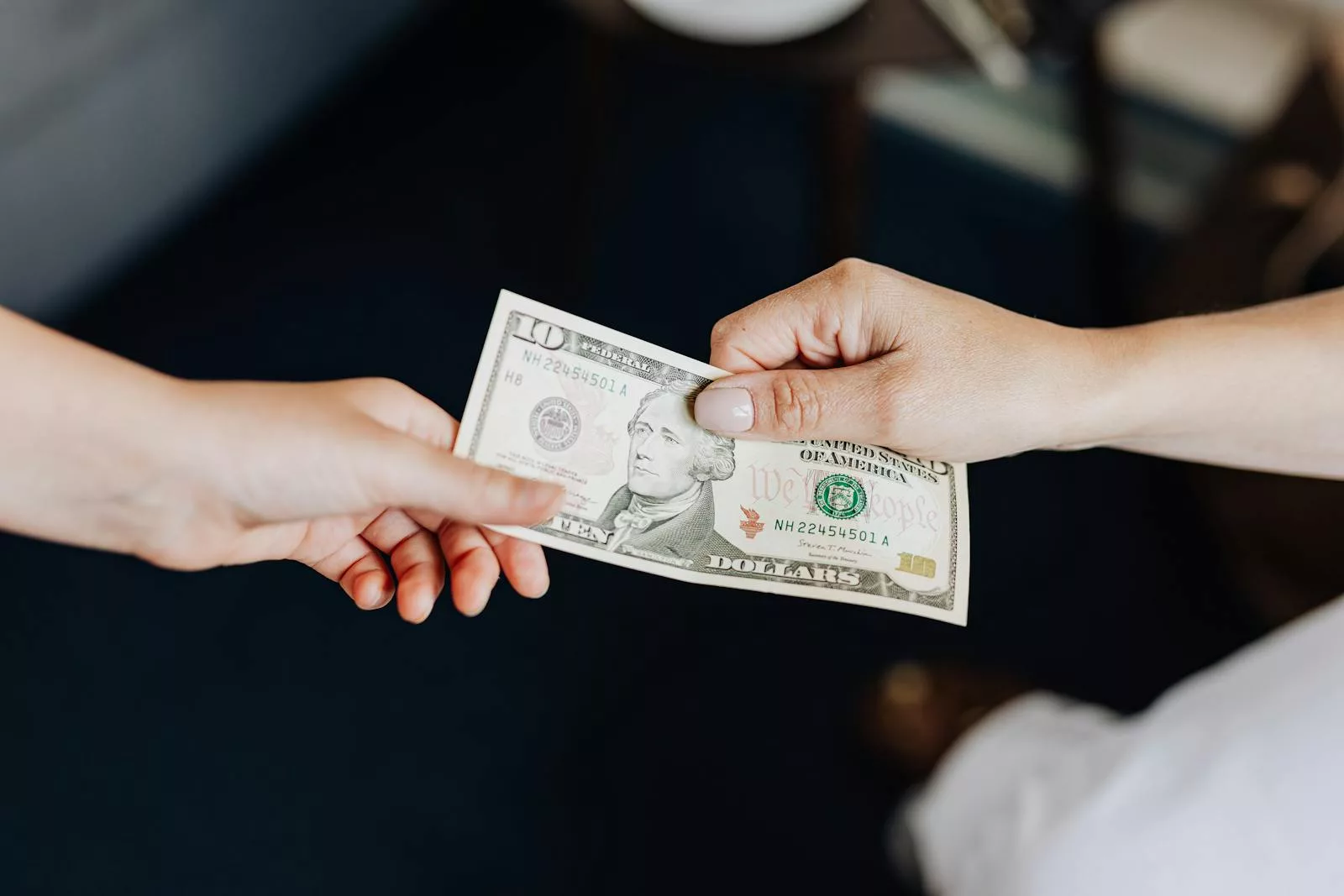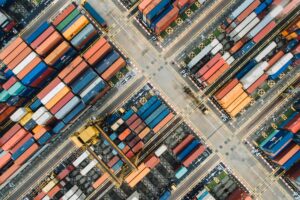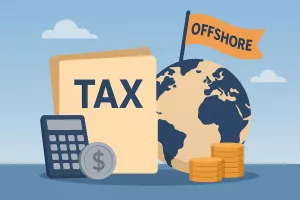Microloans, a revolutionary concept in financial services, have become a cornerstone in the fight against poverty and economic inequality. These small loans, often ranging from $50 to $500, are specifically designed to provide individuals in low-income or underserved communities with the capital needed to start or expand small businesses. Unlike traditional loans, microloans are tailored to those who lack access to formal banking systems, allowing them to secure financing without requiring extensive credit history or collateral.
The concept of microloans is deeply tied to the idea of financial inclusion, which aims to bring marginalized populations into the economic mainstream. Beyond simply providing capital, microloans empower individuals—particularly women—to achieve financial independence, build sustainable livelihoods, and contribute to their local economies. This article delves into the origins of microloans, their operational mechanisms, their profound global impact, and the challenges and criticisms surrounding them.
The Origins of Microloans
The Emergence of Microfinance
The concept of microloans emerged in the mid-20th century as part of the broader field of microfinance. Microfinance refers to a range of financial services—including savings, insurance, and credit—tailored to low-income individuals or communities. While the idea of small-scale lending has existed for centuries in various forms, modern microfinance as a formalized system began gaining traction in the 1970s.
One of the most notable pioneers of microfinance is Dr. Muhammad Yunus, an economist from Bangladesh and the founder of the Grameen Bank. In 1976, Dr. Yunus initiated a groundbreaking experiment by lending $27 to a group of impoverished women in the village of Jobra. The women used the money to purchase raw materials for their small businesses, enabling them to generate income and repay the loan with interest. This small yet impactful act demonstrated that even tiny amounts of credit could have a transformative effect on individuals and communities.
The Growth of Microloan Programs
The success of the Grameen Bank model sparked a global movement. By the 1980s and 1990s, microfinance institutions (MFIs) were established across Asia, Africa, and Latin America, providing millions of people with access to credit. The microloan model was particularly appealing because it targeted the “unbanked”—individuals who were excluded from traditional financial systems due to poverty, lack of collateral, or geographical isolation.
In 2006, Dr. Yunus and the Grameen Bank were awarded the Nobel Peace Prize for their efforts in promoting economic and social development through microcredit. This recognition solidified microloans as a key tool in global poverty alleviation strategies.
How Microloans Work
The Microloan Process
Microloans are typically disbursed by MFIs, non-governmental organizations (NGOs), or, more recently, online platforms that connect lenders and borrowers. The process is straightforward:
- Application: Borrowers apply for a microloan by outlining their business plan or intended use of the funds. Unlike traditional loans, the emphasis is on the borrower’s potential rather than their financial history.
- Approval and Disbursement: Once approved, the loan is disbursed in small amounts. These funds are often used for purposes such as purchasing inventory, investing in tools or equipment, or funding agricultural activities.
- Repayment: Borrowers repay the loan in small, regular installments. The repayment structure is designed to align with the borrower’s income cycle, making it manageable for individuals with limited earnings.
- Group Lending and Social Collateral: Many microloan programs operate on a group lending model, where borrowers form small groups that collectively guarantee each other’s loans. This system fosters accountability and community support, reducing the risk of default.
Key Features of Microloans
Microloans are characterized by their flexibility and accessibility. Some of their defining features include:
- Low Loan Amounts: Microloans are intentionally small, making them accessible to individuals who only need modest amounts of capital.
- Minimal Documentation: Borrowers are not required to provide extensive paperwork or collateral, making the process less intimidating and more inclusive.
- Empowerment of Women: A significant percentage of microloans are directed toward women, recognizing their role as economic drivers in their communities.
The Global Impact of Microloans
Microloans have had a profound impact on individuals, families, and communities worldwide, transforming lives and reshaping economies. Their influence can be seen in various areas, including poverty reduction, gender equality, and economic development.
Poverty Alleviation
One of the most significant achievements of microloans is their role in reducing poverty. By providing individuals with the means to generate income, microloans create a ripple effect that lifts families out of poverty. For example:
- Income Generation: Microloans enable entrepreneurs to start or expand small businesses, such as farming, tailoring, or food production. The income generated from these activities improves household living standards and provides access to essential services like education and healthcare.
- Asset Building: Access to credit allows borrowers to invest in assets that enhance their economic stability. Farmers, for instance, can purchase better seeds or equipment, increasing their productivity and income.
- Breaking the Cycle of Poverty: Microloans empower individuals to become self-sufficient, reducing their reliance on external aid and creating a sustainable path out of poverty.
Empowerment of Women
The empowerment of women is one of the most celebrated aspects of microloans. Women, particularly in developing countries, often face systemic barriers to financial independence, including limited access to credit, discriminatory practices, and cultural restrictions. Microloans address these challenges by providing women with the resources they need to succeed.
- Economic Participation: Microloans enable women to start businesses, increasing their participation in the workforce and enhancing their financial autonomy.
- Social Empowerment: With increased income and decision-making power, women gain greater influence within their households and communities. Studies show that women who access microloans are more likely to invest in their children’s education and healthcare, creating a positive intergenerational impact.
- Challenging Gender Norms: By demonstrating their ability to succeed in entrepreneurship, women challenge traditional gender roles and inspire others to follow suit.
Economic Development
On a macroeconomic level, microloans contribute to economic growth by fostering entrepreneurship, creating jobs, and stimulating local markets. Some key impacts include:
- Job Creation: Small businesses funded by microloans often hire additional workers, contributing to employment generation in underserved communities.
- Market Expansion: The success of microloan-funded businesses increases demand for goods and services, boosting local economies and encouraging investment.
- Economic Resilience: By diversifying income sources and reducing reliance on subsistence farming or informal labor, microloans enhance the resilience of communities against economic shocks.
Challenges and Criticisms of Microloans
Despite their many benefits, microloans are not without challenges and criticisms. Addressing these issues is essential to maximizing their effectiveness and ensuring that they truly benefit the communities they serve.
High Interest Rates
One of the most common criticisms of microloans is the high interest rates charged by some MFIs. While these rates are often justified by the administrative costs of servicing small loans, they can place a significant burden on borrowers, particularly those with limited income. Excessive interest rates can lead to a cycle of debt, undermining the very purpose of microloans.
Over-Indebtedness
The rapid growth of microfinance has led to concerns about over-indebtedness among borrowers. In some cases, individuals take out multiple loans from different institutions, struggling to repay them. This issue is exacerbated by aggressive lending practices and inadequate borrower education.
Limited Scope of Impact
While microloans have been transformative for many individuals, they are not a universal solution to poverty. Critics argue that microloans alone cannot address systemic issues such as inadequate infrastructure, lack of education, and social inequality. Additionally, not all borrowers succeed in their entrepreneurial ventures, highlighting the need for complementary support services.
Lack of Regulation
In some regions, the microfinance sector is poorly regulated, leading to unethical practices such as predatory lending and harassment of borrowers. Strengthening regulatory frameworks and promoting transparency is essential to protect borrowers’ rights and ensure the sustainability of microloan programs.
The Future of Microloans
The future of microloans lies in innovation, collaboration, and a focus on sustainability. Advances in technology, such as mobile banking and digital platforms, are making microloans more accessible and efficient. Additionally, partnerships between MFIs, governments, and private sector actors are creating new opportunities for scaling microfinance initiatives.
To address the challenges of microloans, future efforts must prioritize:
- Financial Literacy: Educating borrowers about responsible lending practices and financial management.
- Diversified Services: Integrating microloans with other services, such as training, mentorship, and market access, to enhance their impact.
- Inclusive Policies: Promoting gender equality and addressing systemic barriers to financial inclusion.
Conclusion
Microloans have proven to be a powerful tool for promoting financial inclusion, reducing poverty, and empowering marginalized populations. By providing individuals with the capital they need to pursue their entrepreneurial aspirations, microloans create opportunities for economic growth and social transformation. However, their success depends on addressing the challenges and criticisms that accompany their implementation.
As the world continues to grapple with poverty and inequality, microloans offer a beacon of hope. By combining innovation, collaboration, and a commitment to ethical practices, the microfinance sector can continue to make a lasting impact on the lives of millions. The story of microloans is not just about lending money—it is about unlocking human potential and building a more equitable world.




